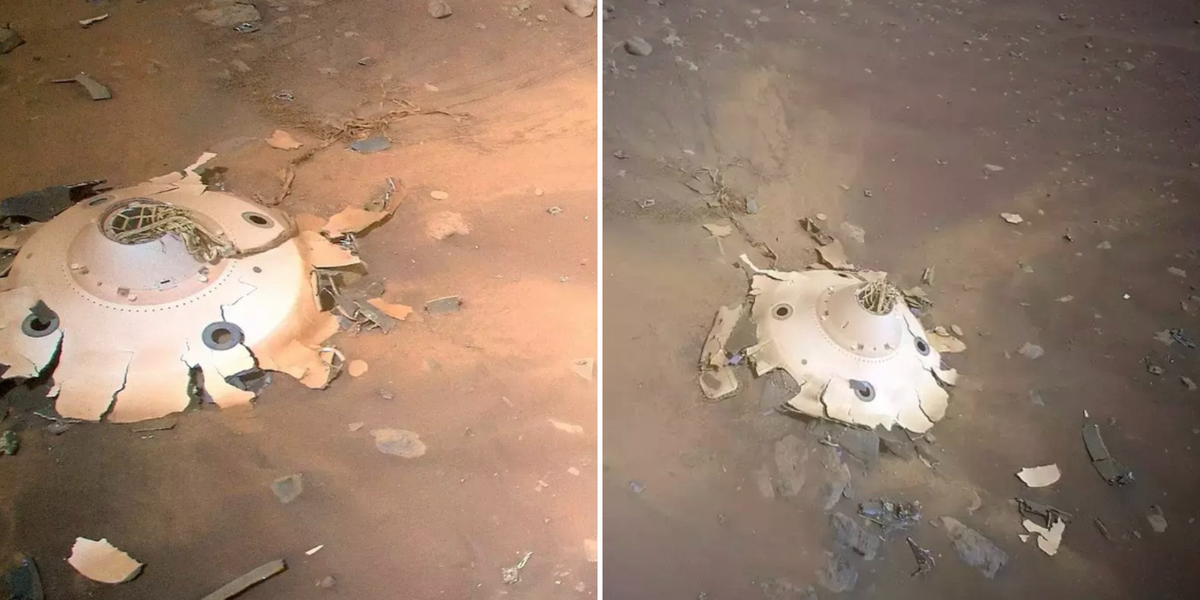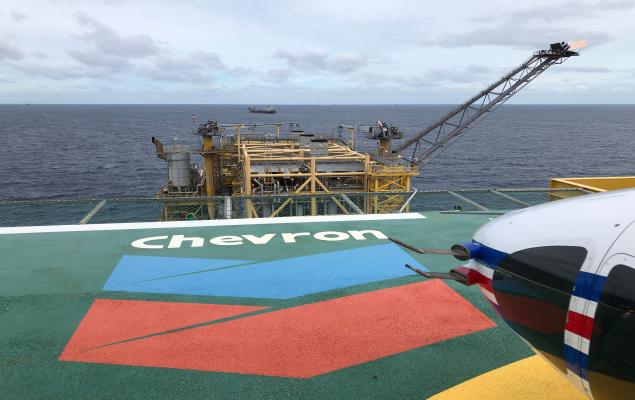Mars Helicopter Snaps Stunning Images of Own Landing Gear Wreckage

NASA's Ingenuity Mars Helicopter, a remarkable feat of engineering, has inadvertently captured images of its own past. Deployed alongside the Perseverance rover in 2020, Ingenuity initially planned for only five test flights within a month. However, this diminutive rotorcraft, measuring just half a metre tall and weighing less than two kilograms, exceeded all expectations, completing an impressive 72 flights between April 2021 and January 2024. These flights explored Martian terrain inaccessible to the rover, marking a pivotal moment in planetary exploration as the first successful powered, controlled flight on another planet.
Amongst Ingenuityâs many aerial achievements, a particularly striking set of images, captured in 2022, revealed a scene described by Ian Clark, a Perseverance parachute system engineer, as "otherworldly". The photographs showcased debris scattered across the Martian surface, immediately sparking curiosity. While the initial reaction might be to conjure extraterrestrial explanations, the source of the wreckage is far less sensational â it is the landing equipment used to safely deploy Ingenuity and the Perseverance rover in February 2021.
The images clearly depict the upright backshell, remarkably intact despite its high-speed impact with the Martian surface â estimated at approximately 126 kph (78 mph). The NASA statement accompanying the images highlights the surprising condition of the equipment. âThe backshellâs protective coating appears to have remained intact during Mars atmospheric entry,â the agency noted. âMany of the 80 high-strength suspension lines connecting the backshell to the parachute are visible and also appear intact.â Even the vast parachute, the largest ever deployed on Mars at 21.5 metres (70.5 feet) wide, shows minimal damage, with only about a third visible, partially buried in dust. The condition of the equipment provides invaluable data for future Mars missions, offering crucial insights into the complexities of atmospheric entry and landing on the Red Planet.
These photographs serve as more than just visually arresting images. Clark's comment, "They say a picture's worth 1,000 words, but it's also worth an infinite amount of engineering understanding," perfectly encapsulates their significance. The images provide a wealth of engineering data, allowing scientists to meticulously analyse the performance of the landing system under real-world conditions. This data will be instrumental in refining future designs, ensuring safer and more efficient landings for subsequent Mars missions. The seemingly simple act of photographing the landing gear's remains offers a profound testament to the ingenuity and perseverance â a fitting tribute to the namesakes â involved in exploring the cosmos. The images stand as a powerful symbol of human achievement, a snapshot of both the challenges and triumphs of interplanetary travel.





